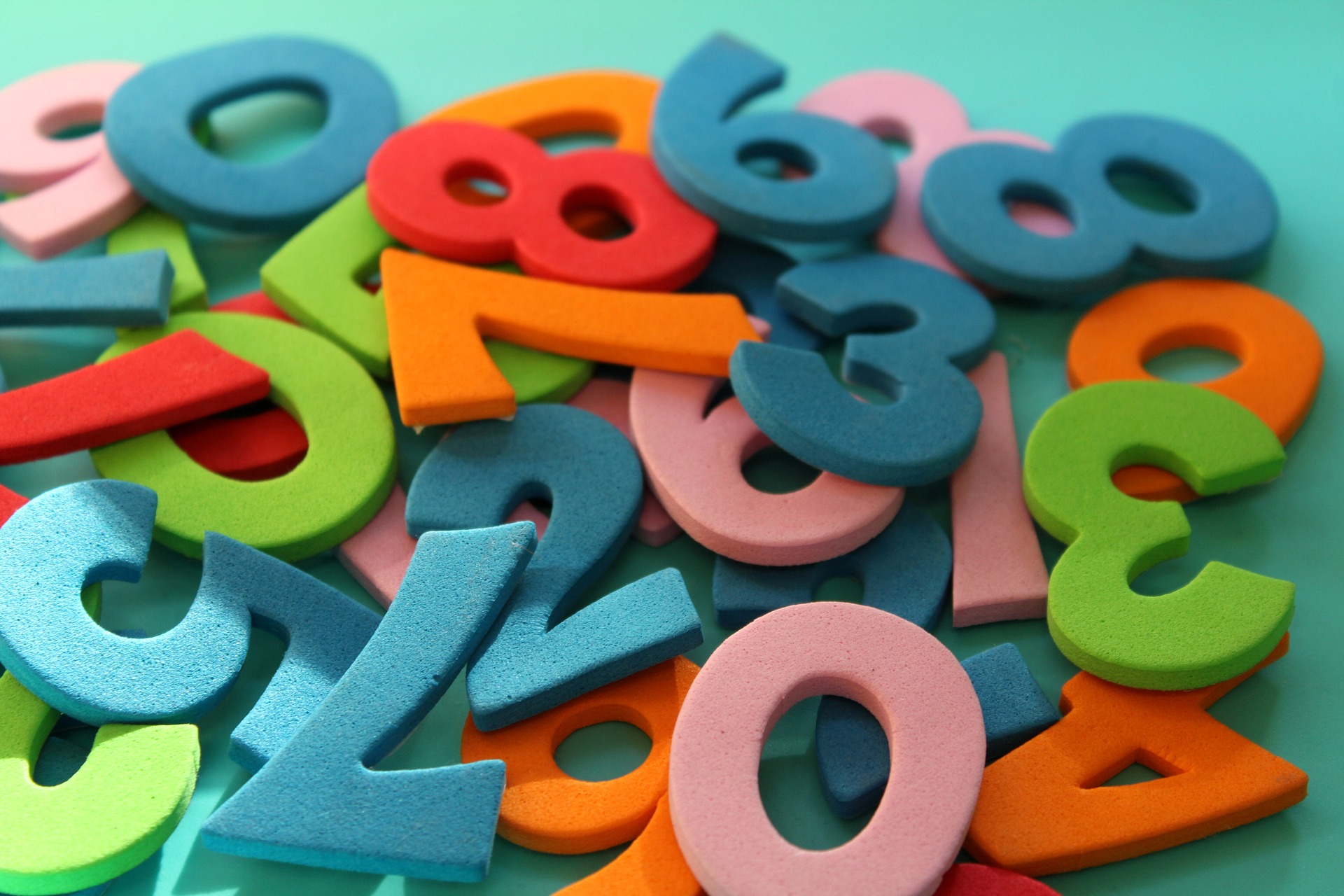Tversky and Kahneman (1974)

According to the Dual Process Model, when we make a decision, we either use system 1 or system 2 thinking. System 1 thinking is quick and relies on past experience or mental short-cuts, called heuristics. System 2 thinking is more rational, using logic and reasoning. This system, however, is slow.
One of the heuristics that affects our ability to make a rational judgment is anchoring bias. Below is a summary of a simple study done by Tversky and Kahnemann that demonstrates the power of anchoring bias.
Cognitive biases are systematic errors in thinking that affects the decisions and judgments that people make. We often make these biases for one of three reasons. First, we are cognitive misers. We often do not have the time, the desire or the resources to make a decision, so we go use heuristics - mental shortcuts - to come to a decision. Sometimes biases influence our decision making because of ego depletion - that is, a lack of self-control or will-power. Finally, we demonstrate cognitive biases when our cognitive load is too high. That means that we have too many things on our mind (in our working memory) and this does not allow us the mental resources to reason out a solution.
Anchoring Bias is the tendency to rely too heavily on the first piece of information offered (the "anchor") when making decisions. During decision making, anchoring occurs when individuals use an initial piece of information to make subsequent judgments. The use of anchors has many different effects on behaviour. Englich and Mussweiler (2001) showed the potential effect of anchoring on a judge's verdict.
Plassman et al (2008) showed the effect of anchoring on wine tasting. They had participants sample wine while in an fMRI. Participants were told they were tasting five different Cabernet Sauvignons. The different wines were identified only by their retail prices. But the participants were deceived; there were actually only three different wines. The fourth wine was the same as the first wine, and the fifth wine was the same as the second one. But for example, wine one was presented as a $90 bottle of wine the first tasting and a $10 bottle of wine the second tasting. They found that the price served as an anchor for deciding on the pleasantness of the wine - when the wine was thought to be $90 a bottle, not only did they report it was a better wine, but they showed more activity in their medial orbitofrontal cortex, an area that is associated with experiencing pleasure.
The following study is much simpler but demonstrates very clearly the effect of anchoring on estimate the value of a mathematics problem.
In this study, high school students were used as participants. Participants in the “ascending condition” were asked to quickly estimate the value of 1 X 2 X 3 X 4 X 5 X 6 X 7 X 8 in five seconds.
Those in the “descending condition” were asked to quickly estimate the value of 8 X 7 X 6 X 5 X 4 X 3 X 2 X 1.
Since we read from left to right, the researchers assumed that group 1 would use "1" as an anchor and predict a lower value that the group that started with "8" as the anchor. The expectation was that the first number seen would bias the estimate of the value by the participant.
The researchers found that the median for the ascending group was 512; the median for the descending group was 2250. The actual value is 40320.
The study is a very simple experiment that is easily replicated, allowing us to establish the reliability of the results. The study is highly controlled and has high internal validity. It can be inferred that the anchor was the cause of the higher (or lower) estimates by the students.
The experiment has low ecological validity. The situation is very artificial. It is not too often in life that we have only five seconds to estimate the value of something! It is questionable to what extent the findings can be applied. However, as shown in the studies above, there is evidence that anchoring is shown in other situations.
The researchers used the median to report the data. This allowed the researchers to diminish the influence of outliers on the reporting of the data.
The study was an independent samples design. This means that participant variability may have played a role in the results. It would be better to have a matched pairs design to attempt to have two groups with an equivalent level of maths competency.

 IB Docs (2) Team
IB Docs (2) Team
